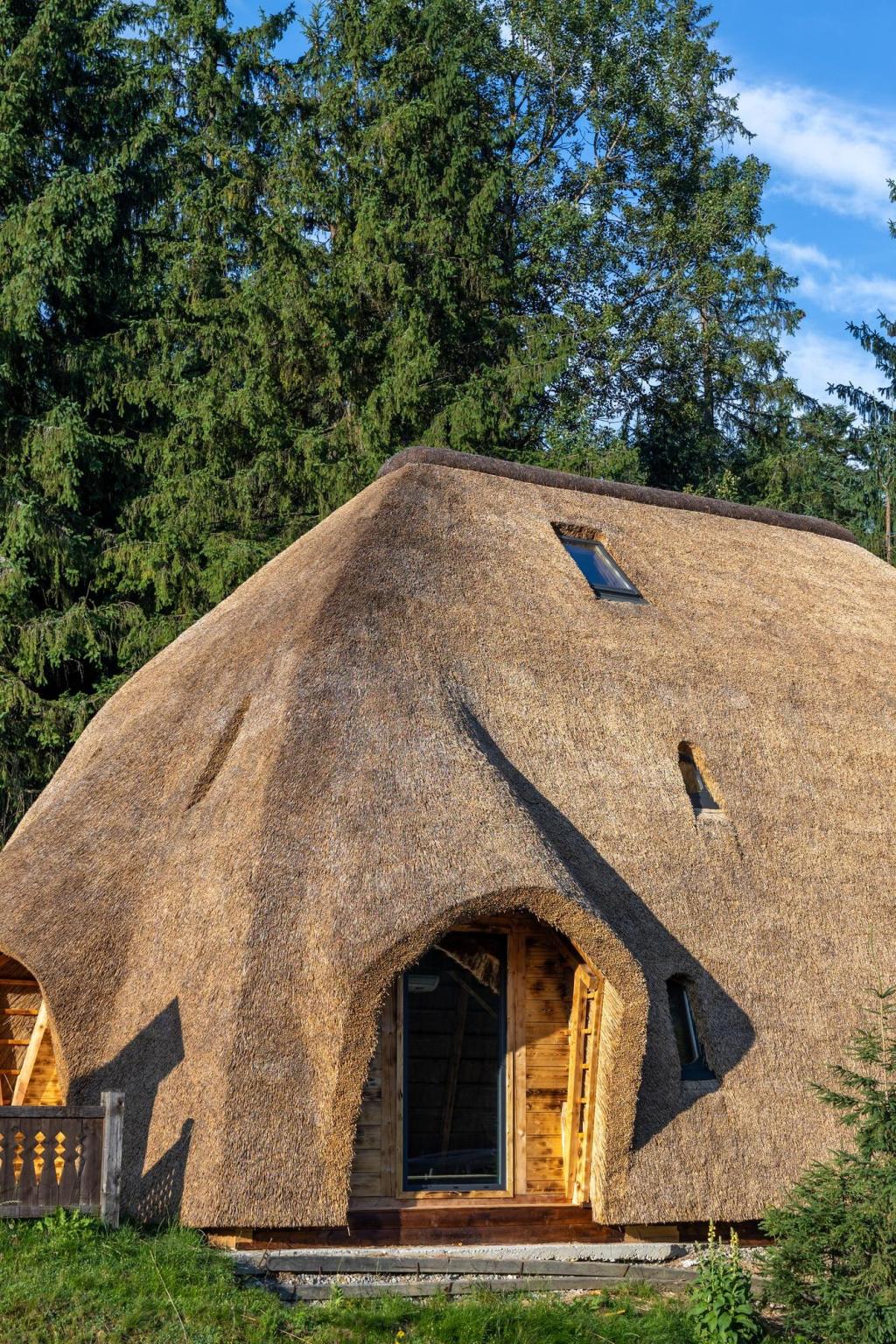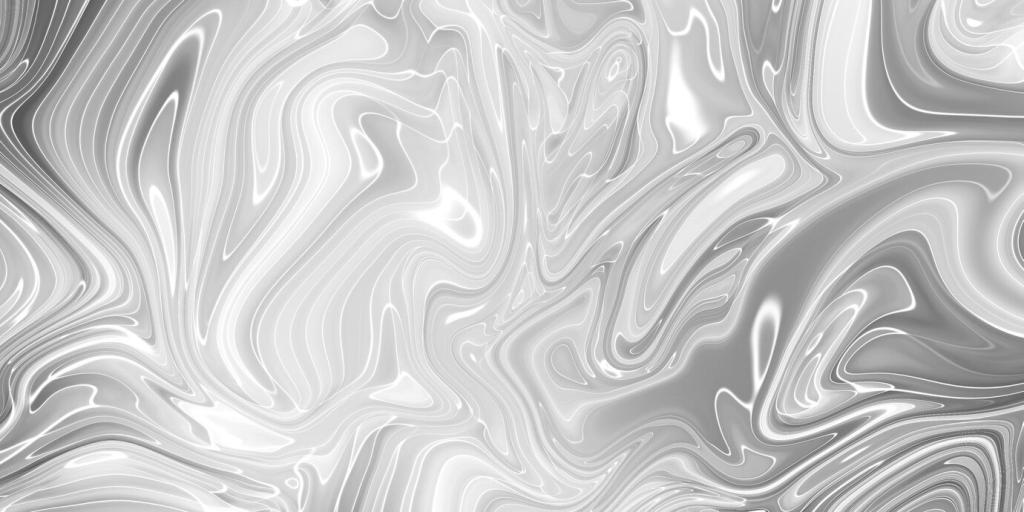Advanced Energy-Efficient Coatings: Smarter Surfaces for a Cooler, Greener World
Today’s randomly selected theme: Advanced Energy-Efficient Coatings. Discover how next-generation films, paints, and nanolayers slash energy use, tame heat, and elevate design across buildings, vehicles, and industry. Share your experiences, ask questions, and subscribe for future deep dives.

How Advanced Energy-Efficient Coatings Work
Spectral Selectivity in Plain Terms
The secret lies in steering different wavelengths. Coatings can reflect near-infrared sunlight, which carries most heat, while still allowing visible light for brightness. That means cooler surfaces, brighter spaces, and reduced air-conditioning loads without sacrificing daylight or aesthetics.
Emissivity, Reflectance, and Real Savings
Low-emissivity layers reduce radiative heat transfer, while high solar reflectance bounces heat away. Together, they can cut peak cooling demand by double digits, often 10–25 percent, depending on climate, building envelope, and HVAC efficiency, delivering both comfort and lower electricity bills.
Nano-Architectures Built for Weather
Multilayer stacks and doped oxides handle UV, moisture, and thermal cycling. Protective binders resist cracking and chalking, preserving reflectance over years. The result is performance that lasts beyond the first summer, anchoring credible payback models rather than short-lived marketing promises.
Materials Behind the Magic
Cool Pigments and IR-Reflective Oxides
Chromium-free, infrared-reflective pigments and doped metal oxides such as aluminum-doped zinc oxide help bounce invisible heat. Compared to conventional colors, they maintain vibrant hues while dramatically lowering surface temperatures, crucial for dark roofs, façades, and equipment exposed to relentless sun.
Phase-Change Additives for Passive Thermal Buffering
Microencapsulated phase-change materials absorb heat during the day and release it later, smoothing peaks. In warm climates, this buffering reduces air-conditioner cycling, stabilizes interior temperatures, and can extend equipment life by preventing rapid thermal swings that stress mechanical systems.
Durable Binders for Tough Environments
Siloxane, fluoropolymer, and high-performance acrylic binders provide UV stability, flexibility, and resistance to dirt pickup. Their job is to lock reflective particles in place, repel grime, and prevent microcracking so thermal and optical properties remain dependable through seasons of sun, rain, and wind.
Buildings: Cutting Heat Loads Without Compromise
01
High-SRI (Solar Reflectance Index) roof coatings can reduce roof temperatures by 20–40°C on hot days. One mid-rise office in Phoenix cut annual cooling energy by 17 percent after a dark, aged roof was renewed with a reflective system, improving comfort on top floors immediately.
02
Facade paints with cool pigments limit heat absorption on sun-baked walls. In dense neighborhoods, lower building skin temperatures reduce local heat island effects, helping street-level comfort. Share your building type and climate, and we’ll explore which façade chemistry might fit your constraints.
03
Low-emissivity window films and coatings reflect interior heat back indoors during winter and block infrared gain in summer. They are retrofit-friendly, quick to install, and often cheaper than full glazing replacement, offering improved comfort, lower glare, and year-round HVAC savings with minimal disruption.

Testing, Metrics, and Proof
Solar Reflectance Index captures reflectance and thermal emittance together, while Total Solar Reflectance isolates sunlight reflectance. Emissivity governs radiative heat exchange. Considering all three avoids surprises, ensuring your selection performs across climates, roof slopes, colors, and real-world soiling conditions.
Testing, Metrics, and Proof
Accelerated weathering, soiling tests, and cleanability studies reveal how coatings age. Reflectance can drop when dust and biofilms accumulate. Durable chemistries with hydrophobic or photocatalytic behaviors resist fouling, keeping energy savings intact long after that impressive first-day temperature reading.


Surface Prep and Compatibility
Assess substrate health, moisture, and prior layers. Clean, repair, and prime appropriately so reflective pigments and low-e layers adhere. Proper preparation prevents premature failures and ensures the optical stack remains intact through thermal cycles and seasonal expansion, preserving savings year after year.
Application Methods that Ensure Performance
Follow recommended film builds, recoat windows, and cure conditions. Spraying, rolling, or laminating incorrectly can trap solvents or create pinholes. Precise application protects optical properties, secures durability, and maintains the uniform finish that makes both engineers and architects equally happy.
Verification: Measuring What You Applied
Use wet mil gauges, infrared thermography, and spot reflectance to confirm coverage and performance. Document baseline and post-application temperatures. Sharing data with facilities teams builds confidence, helps refine specifications, and creates a feedback loop that improves future projects and portfolios.
Stories, Lessons, and What’s Next

A School Roof That Changed a Summer
After a reflective retrofit on a low-slope roof, a coastal school saw top-floor classrooms drop several degrees Celsius. Teachers noticed calmer afternoons. The savings funded library upgrades, and families later wrote in, describing cooler community events hosted in what once felt like an attic.

Dynamic Coatings: Switchable, Smart, Responsive
Electrochromic and thermochromic layers adjust optical behavior as conditions change, balancing daylight and heat. Future hybrids could pair phase-change materials with smart tinting, delivering year-round comfort. If this intrigues you, comment with your climate zone, and we will explore the best responsive options together.

Bio-based and Circular Chemistry
Plant-derived binders and low-VOC systems reduce environmental footprint while targeting long service life. Circular design means end-of-life recovery and recyclability. Tell us your sustainability priorities, and subscribe for deeper dives into greener chemistries that still meet demanding performance and durability goals.
